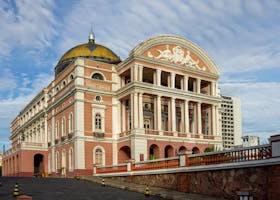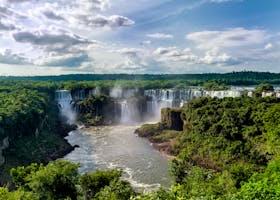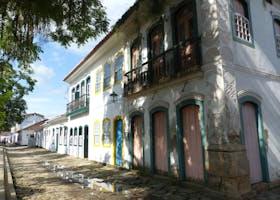Top 10 Must-Visit Places in Salvador da Bahia, Brazil
Posted on June 4, 2024 • 9 minutes • 1832 words
Table of contents
Salvador da Bahia, Brazil, is a vibrant city bursting with culture, color, and an irresistible energy. Known for its rich history, stunning architecture, and lively festivals, this coastal gem offers an unforgettable experience for every traveler. The best time to visit is during the summer months, from December to February, when the city comes alive with breathtaking carnival celebrations and endless beach days. However, Salvador da Bahia offers something enchanting all year round, making it an ideal destination for any season. Explore our top 10 must-visit places in Salvador da Bahia and discover why this city should be on your travel bucket list.
10 best things to see in Salvador da Bahia
10. Itaipava Arena Fonte Nova
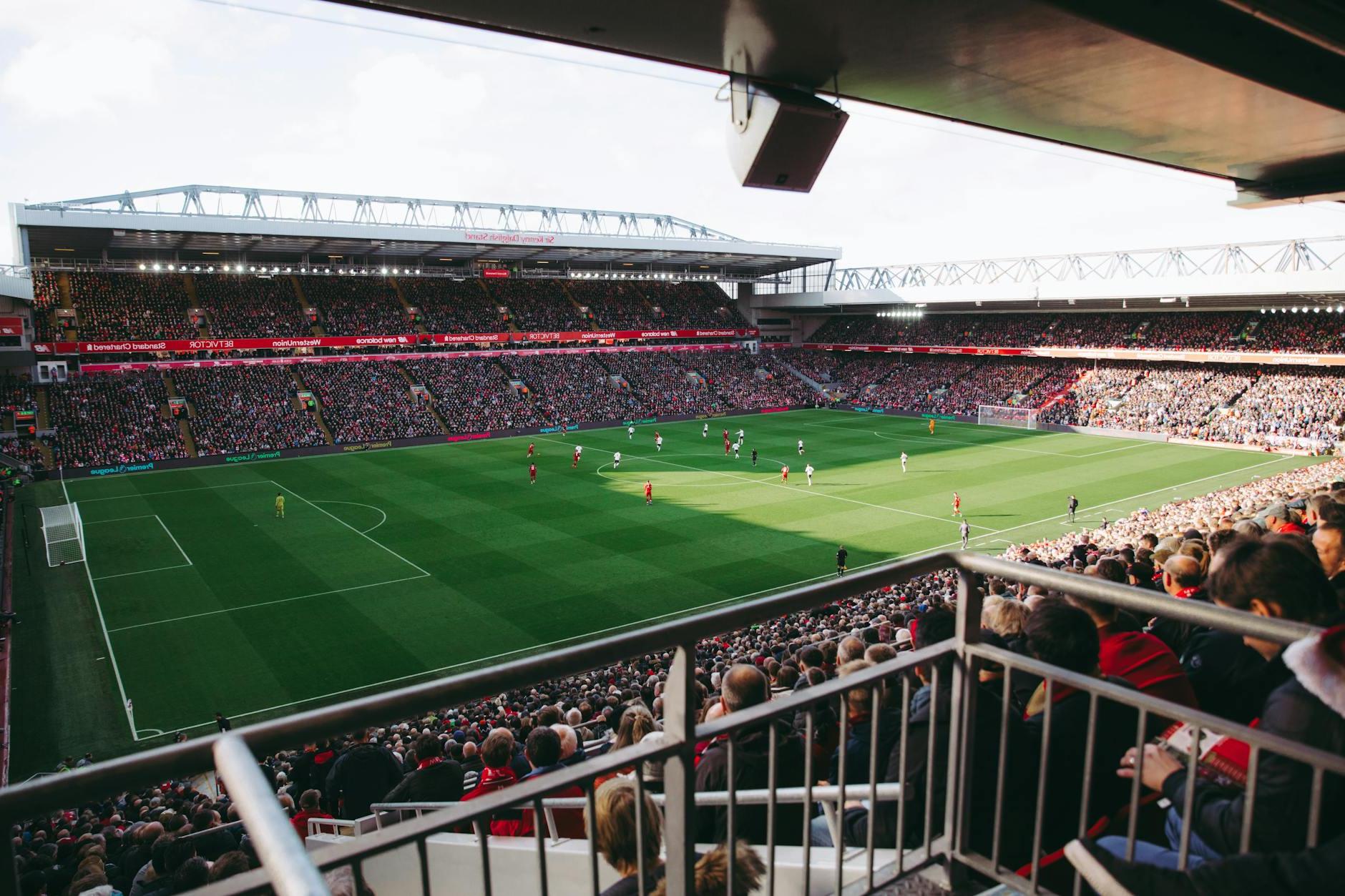
When visiting Salvador da Bahia, make sure to stop by Itaipava Arena Fonte Nova. This impressive stadium is known for hosting exciting soccer matches and vibrant events, showcasing the lively spirit of Salvador. To get there, you can easily take a taxi or use public transportation; many buses head towards the stadium from the city center. Keep in mind that the area can get very crowded during big events, so arrive early if you want to avoid long lines. Don’t miss the chance to soak in the electric atmosphere and maybe even catch a game while immersing yourself in the local culture!
9. Rio Vermelho
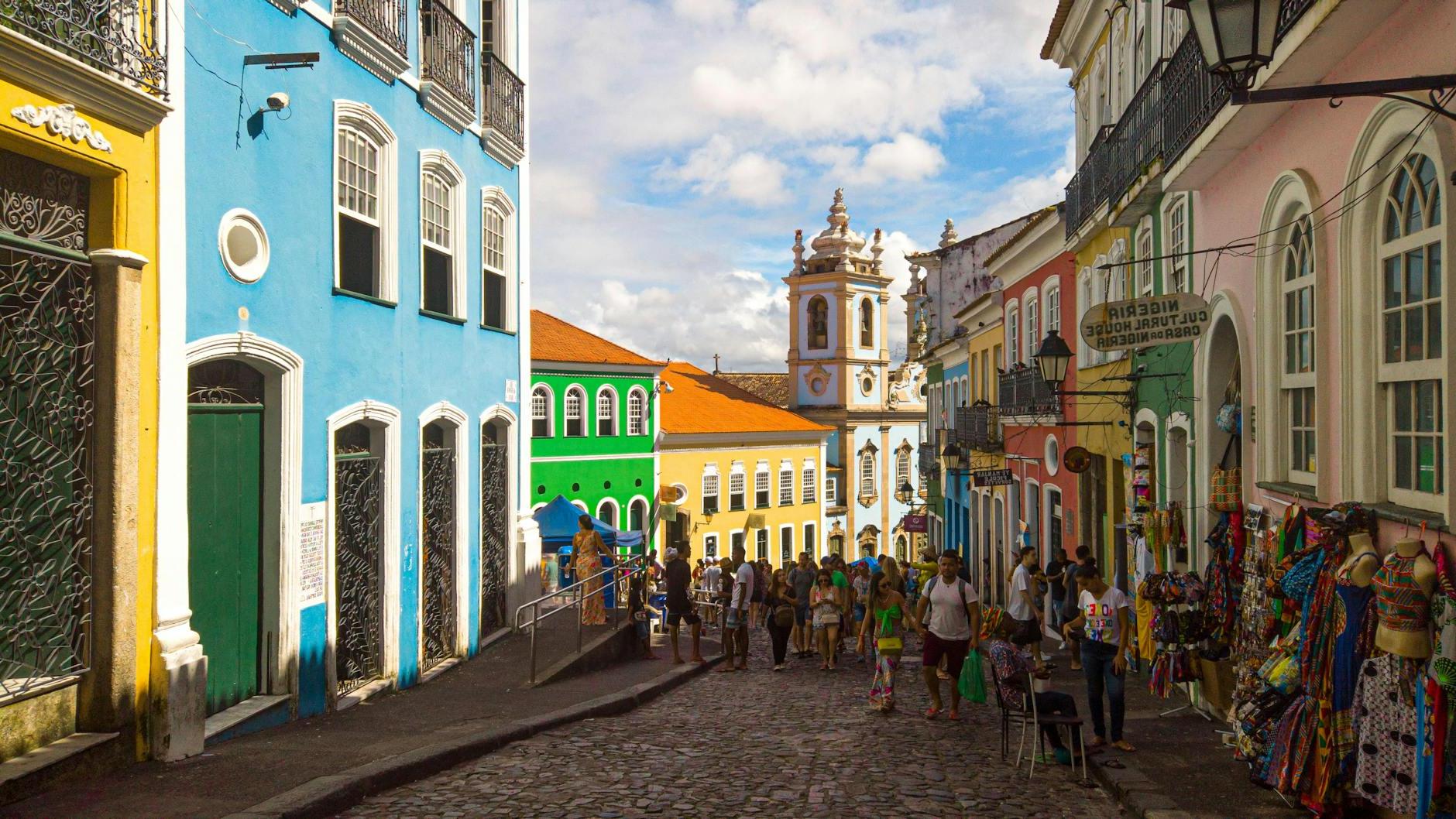
When in Salvador da Bahia, you must visit the vibrant neighborhood of Rio Vermelho. Known for its lively nightlife, delicious food, and beautiful beaches, Rio Vermelho offers a true taste of Bahia’s culture. You can get there by taking a taxi or using ride-sharing apps, which are both convenient and safe. Alternatively, local buses run frequently from downtown Salvador. Be sure to try acarajé, a traditional Bahian street food, at one of the many stalls. Also, visit the Casa de Iemanjá, a small but important temple dedicated to the sea goddess. Keep an eye on your belongings, as the area can get crowded, especially during festivals. Enjoy the music, dancing, and the friendly vibe that makes Rio Vermelho a must-see!
8. Museum of Mercy
If you’re in Salvador da Bahia, visiting the Museum of Mercy (Museu da Misericórdia) is a must. Housed in a beautiful 17th-century building, the museum offers a deep dive into the rich history and culture of Bahia. You’ll find a fascinating collection of colonial-era art, religious artifacts, and historical documents. To get there, simply take a taxi or Uber, or you can walk if you’re staying nearby in the historic Pelourinho district. Make sure you don’t miss the stunning azulejos (Portuguese tiles) and the small chapel inside. It’s a peaceful spot to reflect on the area’s past. Don’t forget to check the opening hours before you go, as they can vary.
7. All Saints Bay
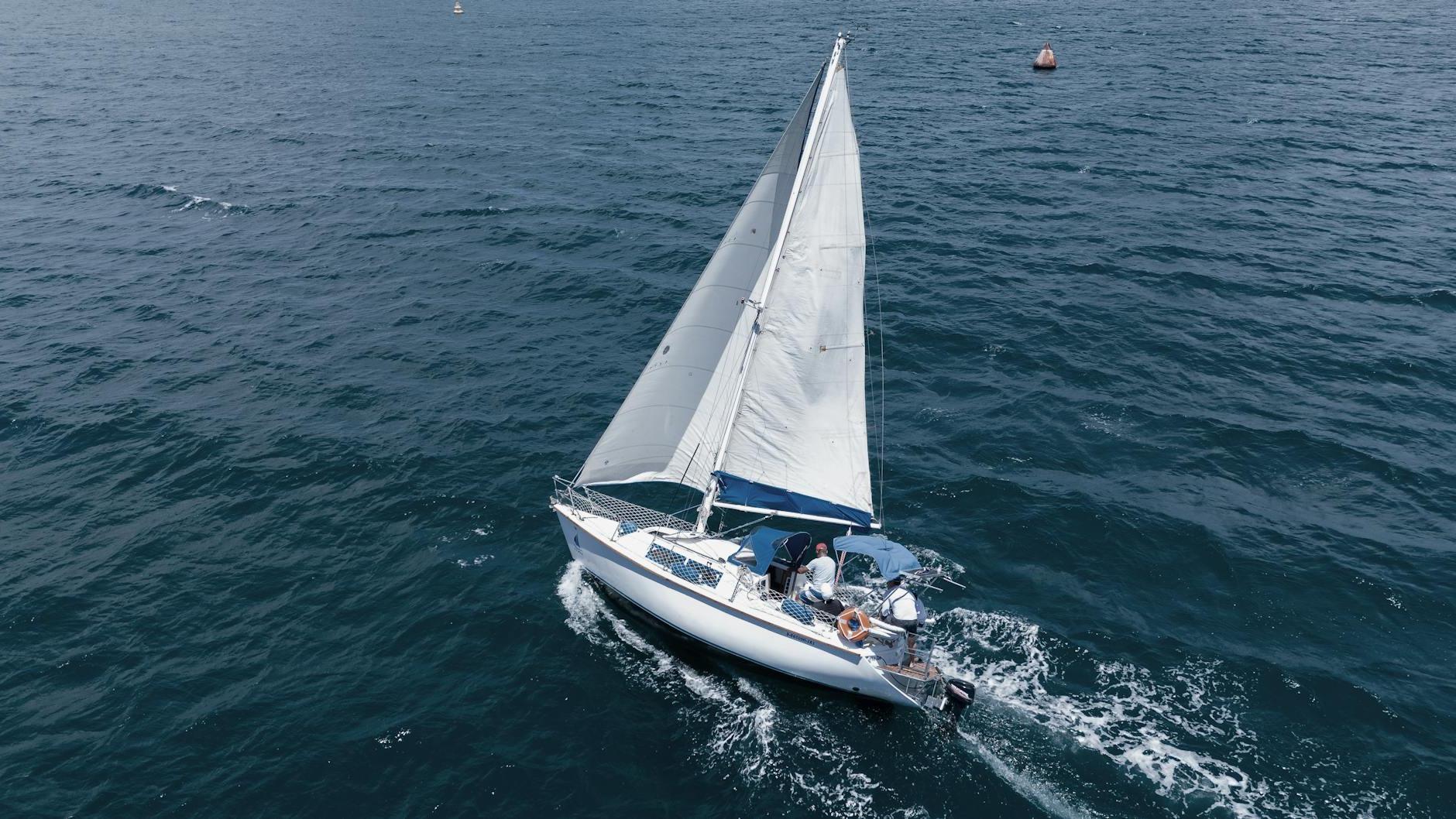
When you visit Salvador da Bahia, make sure to see All Saints Bay, Brazil’s largest bay. It’s a breathtaking place with beautiful islands, clear waters, and historic sites. You can reach All Saints Bay by catching a boat tour from the city’s main port, Terminal Marítimo. Many tours offer a relaxing day on the water with stops at different islands for swimming and exploring. Pay attention to the weather forecast before you go, as rough seas can make the trip less enjoyable. Also, don’t forget sunscreen, a hat, and plenty of water to stay hydrated. All Saints Bay is a must-see for nature lovers and history buffs alike!
6. Farol da Barra
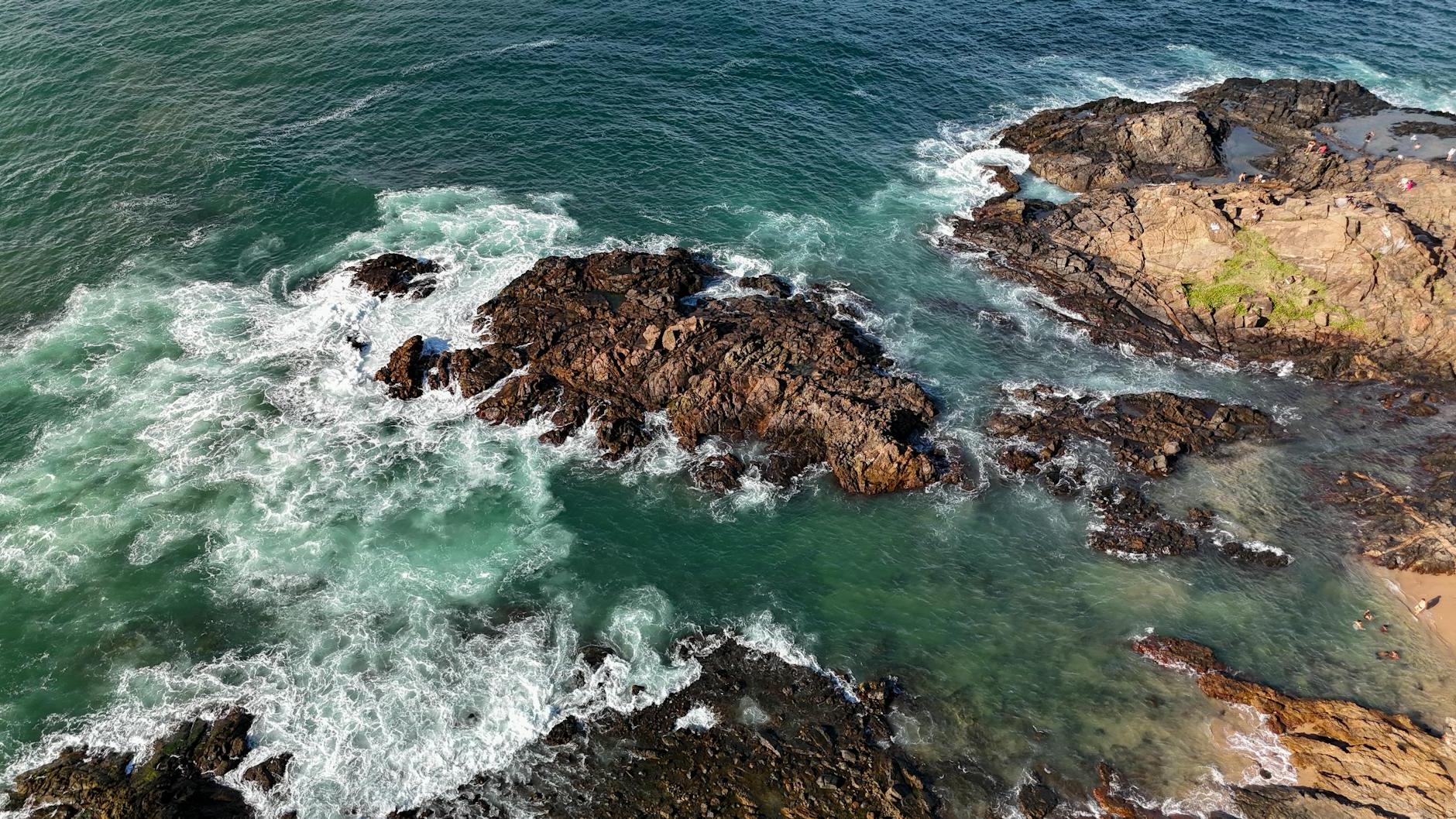
When you visit Salvador da Bahia, you should definitely check out Farol da Barra, one of the city’s most iconic landmarks. This historic lighthouse offers stunning views of the Atlantic Ocean and the All Saints Bay, making it a perfect spot for taking memorable photos. Inside, you’ll find a small museum with exhibits about maritime history. To get there, you can take a taxi or a local bus that heads towards Barra. Once you arrive, be sure to explore the surrounding area, including the beautiful Barra Beach. Don’t forget to catch the breathtaking sunset - it’s a sight you won’t want to miss!
5. Rio Branco Palace
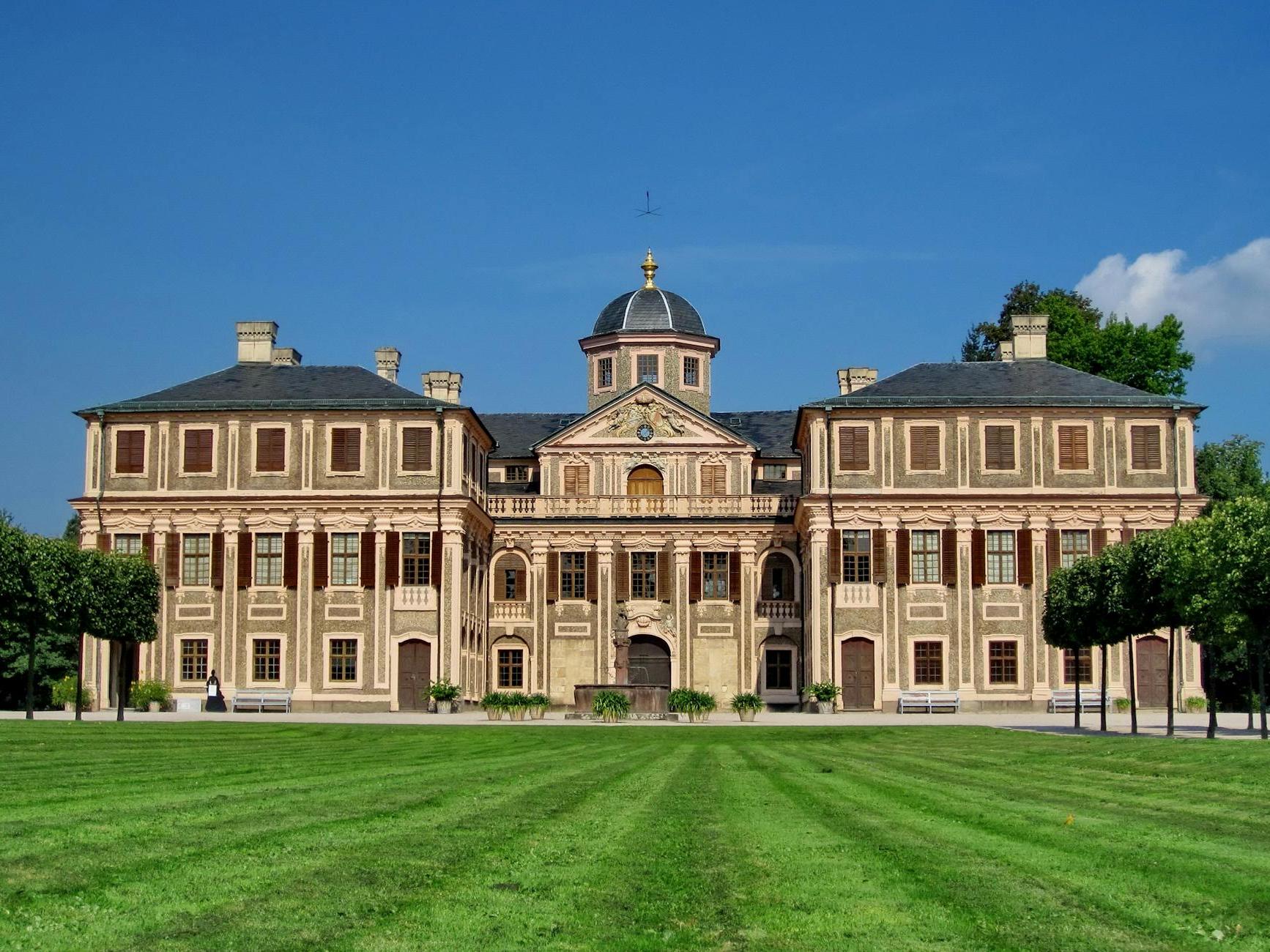
When you’re in Salvador da Bahia, you should definitely visit Rio Branco Palace. This beautiful building offers a glimpse into Brazil’s rich history and stunning architecture. Built in the early 20th century, the palace features a mix of neoclassical and art nouveau styles, making it a feast for the eyes. Inside, you’ll find interesting exhibits that showcase the history and culture of Bahia. The views from the palace’s balcony are also breathtaking, giving you a perfect snapshot of the city’s vibrant landscape.
To get there, you can take a taxi or use public transportation. If you’re coming from the Pelourinho area, it’s just a short walk away. Look out for the main entrance, as it’s a popular spot for photos. Remember to check visiting hours before you go, and if possible, try to visit during the day when the natural light highlights the palace’s beauty.
4. Basilica Cathedral of Salvador
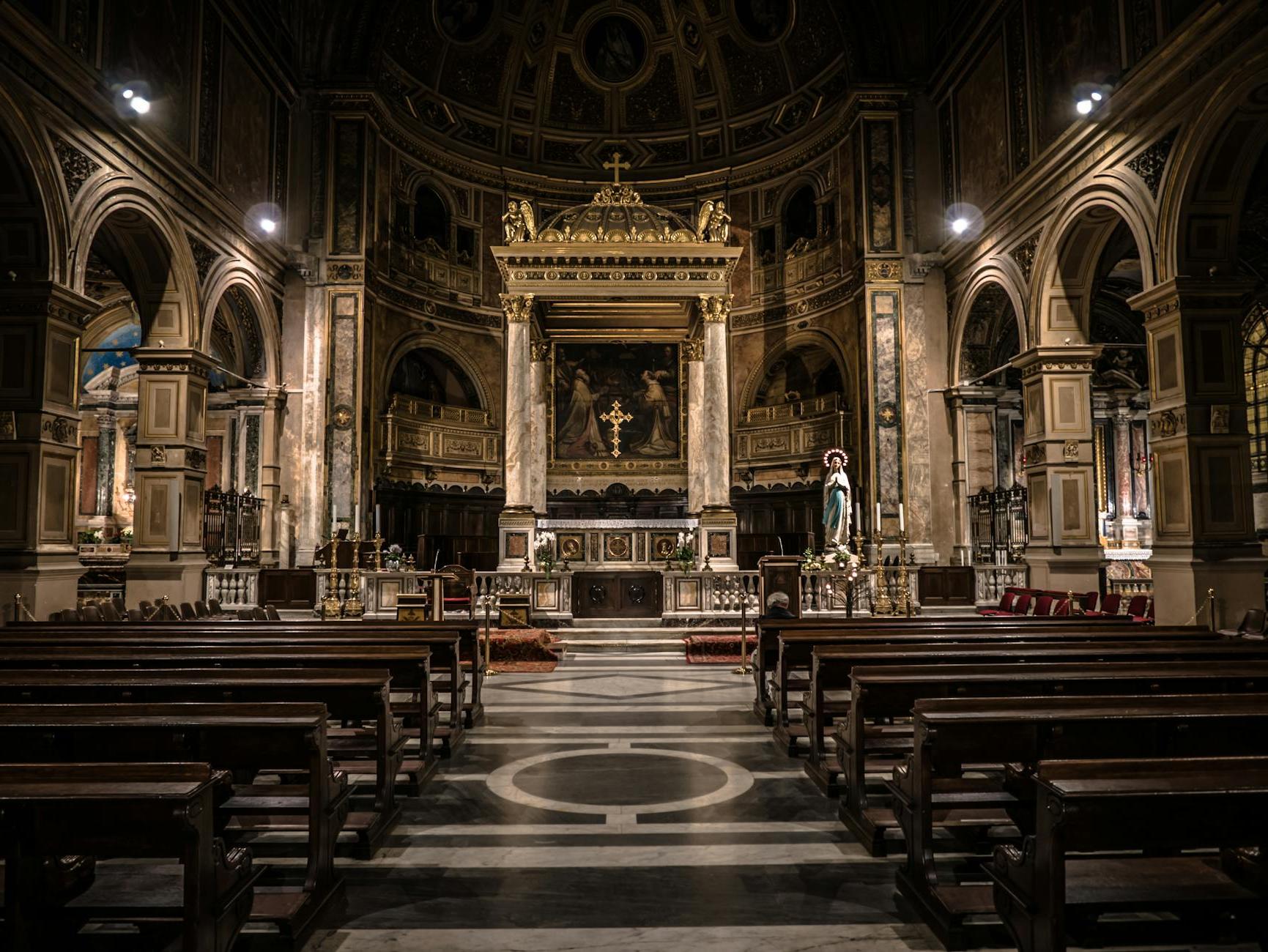
The Basilica Cathedral of Salvador, located in Salvador da Bahia, Brazil, is a must-visit for anyone exploring this vibrant city. This historic church, built in the 17th century, boasts stunning Baroque architecture and intricate gold leaf details that are sure to leave you in awe. To get there, you can take a taxi from most parts of the city, or use the public bus system, which has several routes passing nearby. Once you arrive, pay attention to the incredible artwork and the beautifully preserved interiors. Don’t forget to look up at the ceiling frescoes that add even more charm to this already breathtaking place.
3. Elevador Lacerda
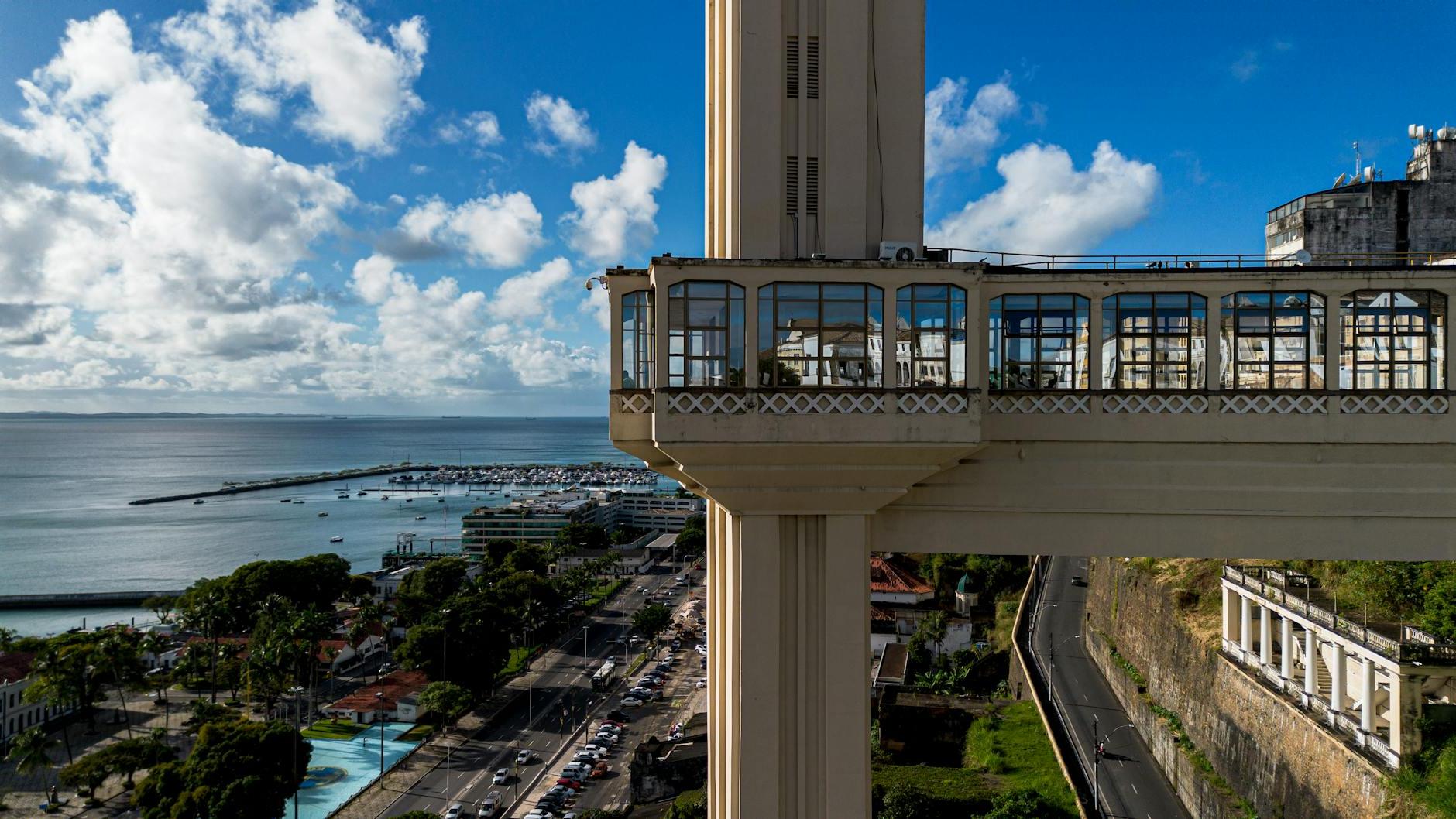
You should definitely visit Elevador Lacerda when you’re in Salvador da Bahia. This iconic lift connects the Lower City (Cidade Baixa) with the Upper City (Cidade Alta), offering stunning views of the bay and the historic district of Pelourinho. It’s also one of the oldest and most well-known public elevators in the world. To get there, you can easily catch a bus, taxi, or even walk if you’re staying nearby. Make sure to pay attention to the beautiful architecture and take some time to explore the surrounding areas, as there are plenty of shops and cafes where you can absorb the local culture. Don’t forget your camera, because the panoramic views from the top are breathtaking!
2. Pelourinho

When you visit Salvador da Bahia, you should definitely explore Pelourinho, the city’s historic heart. This vibrant neighborhood is a UNESCO World Heritage site, filled with colorful colonial buildings, cobblestone streets, and rich Afro-Brazilian culture. You can get there easily by taking a taxi or an Uber, or by using the city’s bus system. Once you arrive, soak in the lively atmosphere with street performances and capoeira shows. Don’t miss the stunning São Francisco Church and Convent, known for its gold-adorned interior. Be sure to keep your belongings secure, as this popular area can get crowded.
1. Church of São Francisco
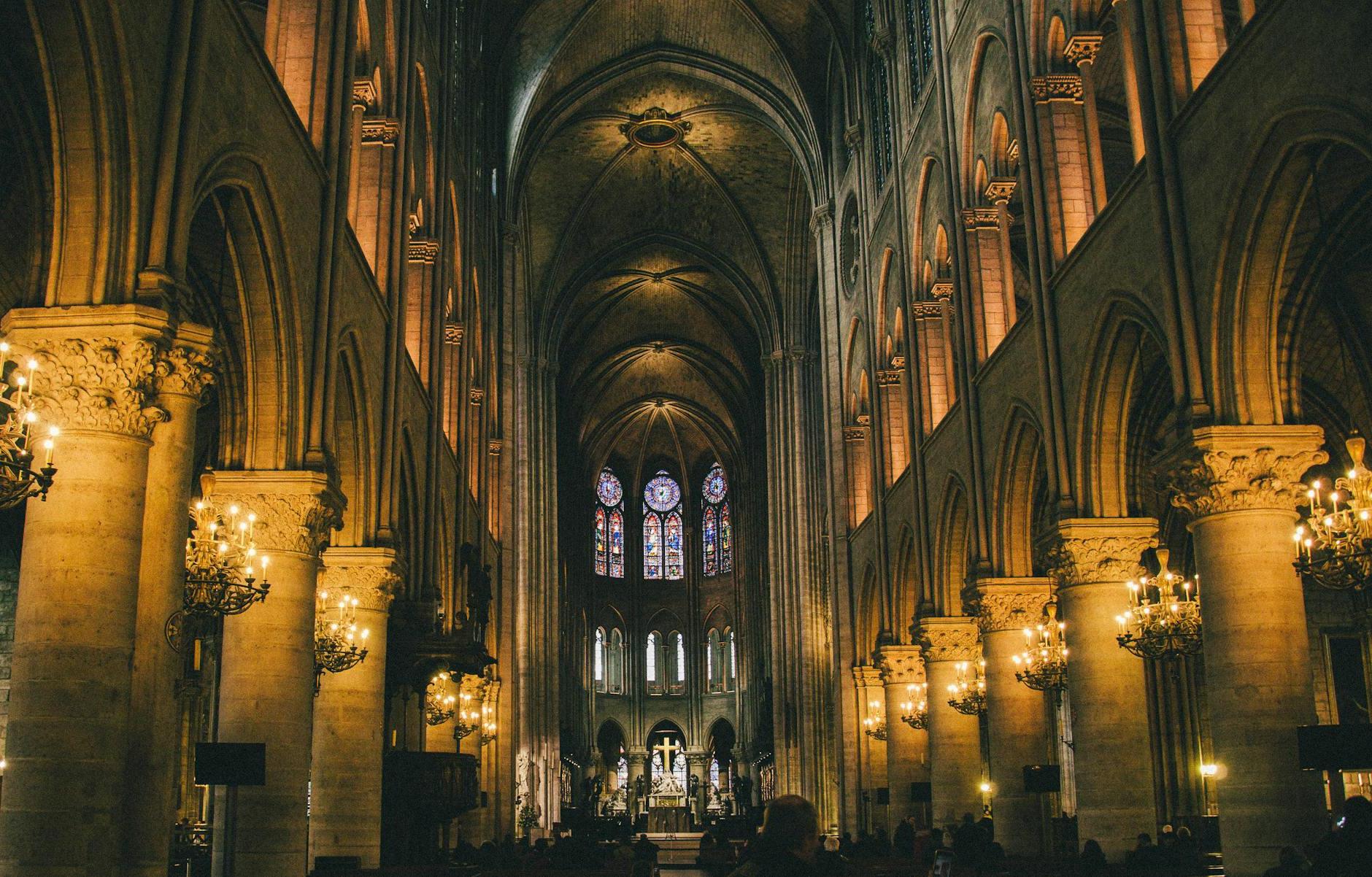
When you’re in Salvador da Bahia, a visit to the Church of São Francisco is a must. This stunning example of baroque architecture will take your breath away with its ornate interiors adorned with gold leaf. To get there, you can easily take a taxi or a bus to the historic Pelourinho district. Once inside, pay close attention to the beautiful wood carvings and intricate tile work that tell stories from Brazilian history. Don’t miss the chance to explore the small museum inside, which offers deeper insights into the church’s rich past. This blend of art, history, and culture makes the Church of São Francisco a highlight of your trip.
Frequently Asked Questions
1. What is the best time of the year to visit Salvador da Bahia?
The best time to visit Salvador da Bahia is during its summer months, from December to March. During this period, you’ll experience warm weather, lively festivals, and vibrant cultural events like Carnival, which takes place in February or early March. However, if you prefer fewer crowds and potentially lower prices, consider visiting between April and June. These months offer pleasant weather and more economic accommodations, making it a great alternative for travelers on a budget.
2. Should I rent a car in Salvador da Bahia?
Deciding whether to rent a car in Salvador da Bahia depends on what kind of experience you want. The roads in the city can be a bit tricky, with narrow streets, potholes, and heavy traffic, especially during rush hours. Parking can also be a hassle, with limited spaces and sometimes high fees, particularly in popular areas like Pelourinho and Barra. On the other hand, Salvador has a decent public transport system, including buses and the metro, which can take you to most tourist spots. Taxis and ride-sharing services like Uber are also readily available, offering a convenient and usually affordable way to get around without the stress of driving and parking.
3. What are different ways to get to Salvador da Bahia?
Getting to Salvador da Bahia is quite easy and you have several options. You can fly into Salvador’s main airport, Deputado Luís Eduardo Magalhães International Airport, which serves many domestic and international flights. If you prefer traveling by bus, there are frequent and affordable long-distance buses from major cities like São Paulo, Rio de Janeiro, and Brasília. While there are no direct train services to Salvador, buses are a reliable alternative. If you enjoy road trips, driving to Salvador can be a scenic option. Major highways connect it to cities like Recife, São Paulo, and Rio de Janeiro. Just make sure to check the road conditions and plan for rest stops along the way.
4. Are there things to do with children in Salvador da Bahia?
Absolutely! Salvador da Bahia has plenty of fun activities for children. You can start with the beautiful beaches like Porto da Barra, where kids can play in the sand and calm waters. The city also has Pelourinho, a colorful historic center with street performances and cultural shows that kids will enjoy. Visit the Mercado Modelo for some shopping and to watch lively capoeira performances. For a touch of nature, head to Parque Metropolitano de Pituaçu for paddle boating and bike rides. Don’t forget the Salvador Zoo, where children can see a variety of animals. Salvador offers a mix of culture, nature, and fun that’s great for families!
5. Is Salvador da Bahia safe to travel to?
Salvador da Bahia is generally safe for tourists, but like any big city, it has its share of petty crimes and scams. When visiting, you should take common-sense precautions to stay safe. Keep your valuables out of sight and be aware of your surroundings, especially in crowded areas and tourist spots. Pickpocketing and bag snatching can happen, so it’s wise to keep your belongings secure. Stick to well-lit and populated areas, and avoid wandering into unfamiliar places alone at night. By staying alert and cautious, you can enjoy the rich culture and beautiful sights of Salvador da Bahia without worry.

